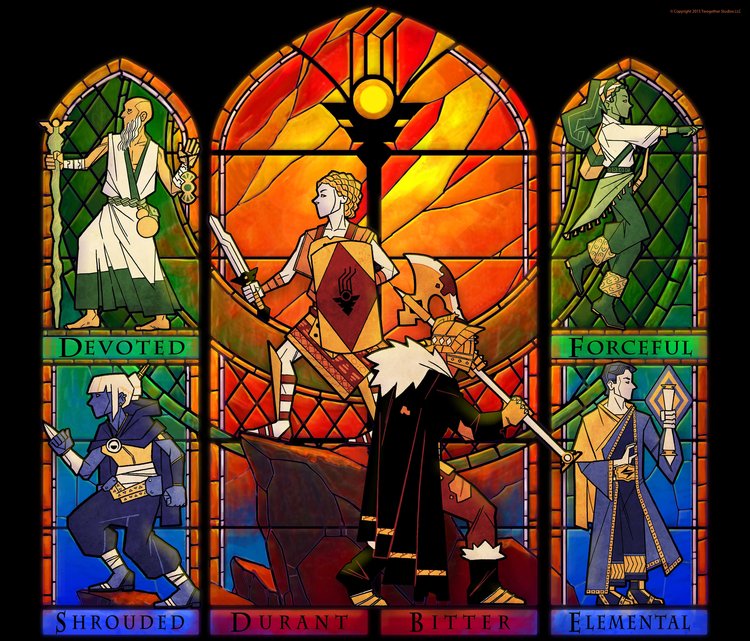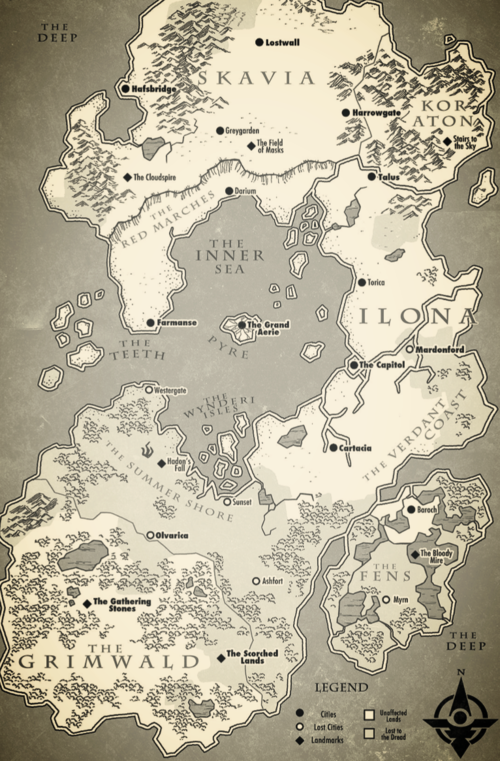The Cube opens
The six-fingered hand (five was apparently not enough)
Miscellaneous Gubbins
The Book I
The Book II
The Book III
The Book IV
Not pictured Character sheets, DM Ref sheets, cards, numerous wooden tokens, and a Sun Tracking mat for Sooth Cards (The Sooth Cards are sold separately). I have flipped through the rules, but as of yet have been unable to grok the system. It appears not to be the Cypher system since there appear to be only two stats in instead of three (I may have misread this). I will endeavor to probe the mysteries of this game further once my shoulder injuries from manhandling the cube heal (The weight of this cube put the former Monte Cook heavyweight Ptlous City by the Spire to shame). Was it worth the 300+ bucks I paid for it? In terms of owning something unique, my friends won't have yes. The pretention aspect is failed a little in the ability of the cardboard cube to withstand the weight of the items inside, mine is showing tears where some of the shelves join the walls of the cube. The game seems to have a few more moving bits than I like based on all the components included. Being that Ars Magica and Over the Edge are two of my favorite games if I can figure this one out it may be one of my favorites as well.
P.S. Not that surrealist actually require lots of rules, my friend Jeremiah's Fabulous Unknown City campaign was played nominally using 5e rules. I played a six-foot-tall white lab rat (descended from a sentient race created when one of the longer players alchemy experiment took an unexpected turn) barbarian who wore an Elizabethan ruff and a gold jumpsuit. It was no use mapping the City because it re-arranged itself every week. Jeremiah's far tamer Game of the North is available here (although the random items table does give you some of the Unknown City vibes).












